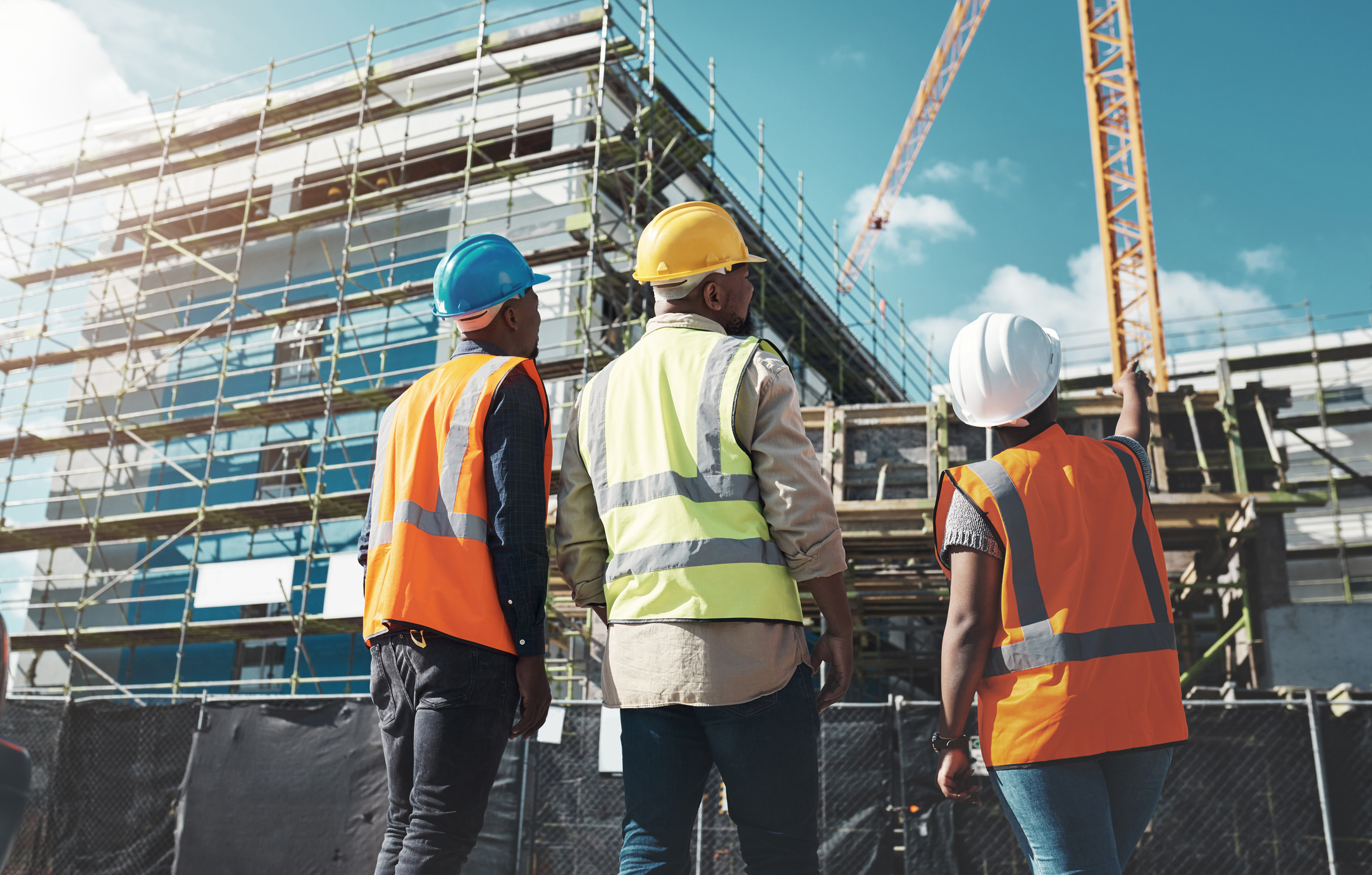Client

Expertise
Science-based targets
Impact
Integrating carbon benefits into procurement decisions.

Challenge
How can housebuilders encourage carbon reductions across the construction industry?
The buildings we live and work in account for 40% of global emissions each year. And while the construction industry already focuses on creating more energy-efficient homes, reducing the built environment’s carbon footprint starts from the ground up: with the construction of homes. A significant amount of the industry’s emissions – 11% – comes from the carbon emissions embedded within the building itself. Yet, steel, cement, concrete and other materials the industry relies on are among the hardest to decarbonise.
Wishing to push the industry’s needle, Bellway sought to tackle the embodied emissions of its homes. The developer wanted to measure the impact of its homes not after they were built but beforehand. In doing so, Bellway hoped to liaise with suppliers and identify how procurement decisions can minimise its footprint.
Scope 3 emissions
Indirect emissions (which do not fall under Scope 2 emissions) that can be found across an organisation’s value chain. It covers the emissions generated by suppliers, distributors and consumers, e.g., through the purchase of services and goods, business travel and waste in operations. It also encompasses activities like leased assets, transport and distribution, the use and disposal of sold products and the impact of any investments. The Greenhouse Gas Protocol’s Scope 3 Standard has identified 15 categories across upstream and downstream activities.
Find out moreSolution
Integrating the life cycle emissions of a standard house into Bellway’s wider carbon footprint
Housebuilders manufacture a single product: a building. As such, they are in the unique position to integrate the emissions of their product’s life cycle, and thereby the embodied carbon of their homes, into their wider organisational footprint. In recognition of this, Bellway developed a calculation model with which it could measure the carbon impact of its homes and its different components.
However, it first wanted to ensure this method and model would give accurate footprint measurements. Having worked with Bellway since 2015, the Carbon Trust:
* Bellway's science-based targets for reducing its Scope 1 and 2 emissions are in line with a 1.5C trajectory. Its Scope 3 carbon reduction goal aligns to a well below 2C pathway.
Impact
Enabling low carbon design and procurement choices
In 2022 the Science Based Targets initiative validated Bellway’s short-term carbon reduction targets for its Scope 1, 2 and 3 emissions.
By integrating the life cycle assessment of a standard Bellway home into Bellway’s wider footprint, the housebuilder obtains a bottom-up view of its carbon impact. This approach helps the building provider to break down the emissions of the different parts of its homes and consider ways to reduce emissions before a house is built. In doing so, Bellway is able to:
Another form of carbon footprinting for the built environment
Integrating the life cycle assessments of a standard home into a building provider’s value chain footprint can help housebuilders improve the accuracy of their carbon footprints. Housebuilders receive a much clearer picture of the emission hotspots within their products as they move away from using spend-based data.
Instead, they shift towards a quantity-based approach and disaggregate the different parts of the homes they plan to develop. In doing so, builders can design low carbon homes and make more sustainable supplier, material and design choices from the get-go.
For construction companies, this breakdown of emissions sets the scene for more targeted conversations with suppliers. After all, shifting a product mix toward less carbon intense products will encourage material suppliers to tackle their own carbon footprint.








